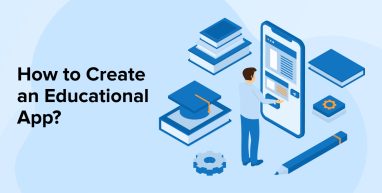
Do you think the revolutionary changes in technology, latest adoption of newer tools has just been biased to one specific industry? Well, if you think so, then you are probably wrong because Technology innovation is a part of every domain and company size. Starting from manufacturing, retail, ecommerce and education is not an exception to it. Also, it wouldn’t be incorrect to say that Smartphones and the internet have become the guiding source to most of the people in the world. So, what makes smartphones a part of this huge sea of knowledge? Of Course you know the answer- Applications! Yes, apps are the only ways smartphones are given a chance of becoming a guide to businesses. Specifically for the educational industry, educational software development is the matter of the moment.
If you are under the assumption that this blog will show you all the facts on how the internet works in favor of educational app development. Then you are wrong because this blog has an entirely different intention. This one is created to highlight the procedure of how to create an educational app from scratch, what aspects are kept in mind and what are the must-have features in an e-learning app. This post will give you a perspective where you must know how to determine potential cost and take maximum monetization from a mobile app for your business.
1. How to Build an Educational App From Scratch?
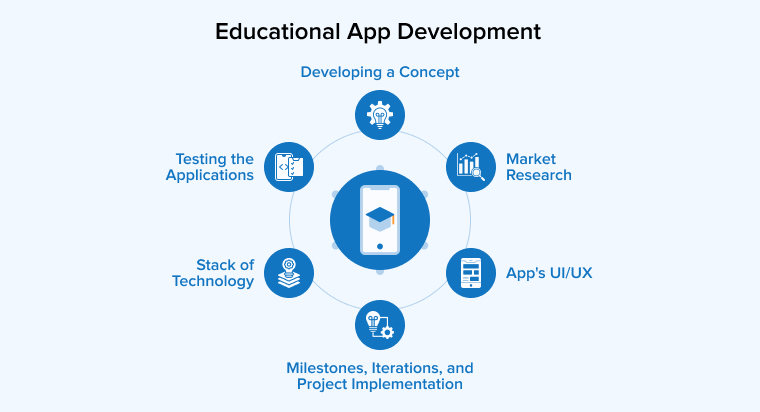
The purpose of education app development is not just about being ahead in the field or because of trends. The sole purpose of implementing an education app development process is to impart knowledge and give the customers a leverage to access knowledgeable learning materials from anywhere at any time. So, the process is not just limited to kids apps, there are individuals from every age sector who are keenly interested in an app that educates users.
Interestingly, If you have this question of who makes use of educational apps? And why should we develop educational apps? Then here are some of the various individuals and organizations who would justify the need of creating educational apps. There are several types of educational software already existing in the market.
Firstly, of course the educational sector includes kids of all ages, beginning with toddlers, others may want to master their basic skills and make the learning process easier.Now, these educational apps have a prime target which are students, candidates, and pupils who want assistance with exam preparation. Also, there are specialists that want to keep their high certification level or advance to the next one. So, when you decide to develop an application, you must know who your target audience is and what type of content is required and what app must your business develop uniquely. The first step towards it is developing the idea.
1.1 Developing a Concept
In the process of developing an educational app, you must first understand what difference will your app make when it comes into the market. In addition, you must also know what would these businesses like to see within their phones, what type of trends, or knowledge based databases or communication channels. In accordance with all these , come up with some unique ways of developing apps. Also, during this process, do not forget the technology. When you develop an application, you must consider using that technology which is futuristic and will help your customers in an intuitive and responsive way.
1.2 Market Research
An educational market is now one of the biggest platforms where they test the latest technological solutions, and businesses benefit as a part of monetary gains. The educational app industry is predicted to expand by more than $46 billion by 2024.
With these statistics of industry expansion, you need Pay close attention to this phase since a lack of good marketing research is one of the main reasons why so many firms fail before they can make a statement. So, if you are a company willing to bring a customer-centric application, then you must take the opinions of customers. Take a survey as a part of your research which can be offline or online. Based on that, design a roadmap for your application further.
1.3 The App’s User Interface and User Experience (UI/UX)
The importance of first impressions cannot be overstated. Especially when it comes to a diversified audience, you need to make them impressed within a go. Students, instructors, and schools will only download it if the educational app design is straightforward, beautiful, and easy to use. And, once again, when it comes to youngsters, design simplicity is paramount. Simultaneously, the vivid images and entertaining music should cater to the demands of all clients.
1.4 Milestones, Iterations, and Project Implementation
Once you have started to develop your own desired application, it’s now time for you to start implementing projects. In this process of implementation, you will need several documents, a straight-forward strategy achievable and a milestone timeline. According to that the iterations will be performed and your development team must agree on a quick delivery time. If not, there are third-party companies working in tandem to deliver the best within the shortest time-to-market.
This timetable, however, should not be so short that it interferes with the software development process. Agreeing on attainable goals is a wonderful method to do this. Milestones may also be used to track the progress of your project. As a result, the discovery phase is basically a guide to activities for a development team, ensuring that everyone understands each other and is working toward the same goals.
Another is the creation of the next feature’s process, which begins after logging in. Consider skimming through a library of learning management systems or selecting a mentor.
1.5 Stack of Technology
If you are a technical lead from the IT team, you know what it takes to build the right tech stack. You can assign the team tasks to understand your needs and the goal of developing the educational app. For that, your educational app developers might need to understand which technology stack will be apt. Rather than deciding which tools to use for development, a technological stack that helps satisfy the particular requirements is required.
Native apps are the majority of apps that enable eLearning procedures throughout iOS and Android operating systems, featuring 3-D animations, videos, and gamification functions.
If you want a simple and speedy launch, HTML5 online applications or Hybrid multi platform apps would suffice. As a part of education apps, you can also use advanced technologies like Artificial intelligence, machine learning, Internet of things , augmented reality, virtual reality and similar other technologies.
1.6 Testing the Applications
Testing software is an inescapable element of app development. We all know that it is a procedure that verifies that a software programme operates correctly and in accordance with the specifications. The main goal of software testing is to ensure that the programme is not only user-friendly and straightforward, but also error-free. Furthermore, bug-free software is critical to obtaining client happiness. Overall, quality assurance is an unavoidable aspect of the software development process that ensures each product provides exceptional value.
With this, we have almost covered the strategy part. We now know what should be considered in the pre-development process of developing an application. With this, you are half way through the needs of educational apps and now you will move toward the implementation phase. To get advantageous of next level applications, you must know what features an ideal customer expects. So, let’s see what are the main aspects of educational apps.
2. Essential Features for Every Educational App
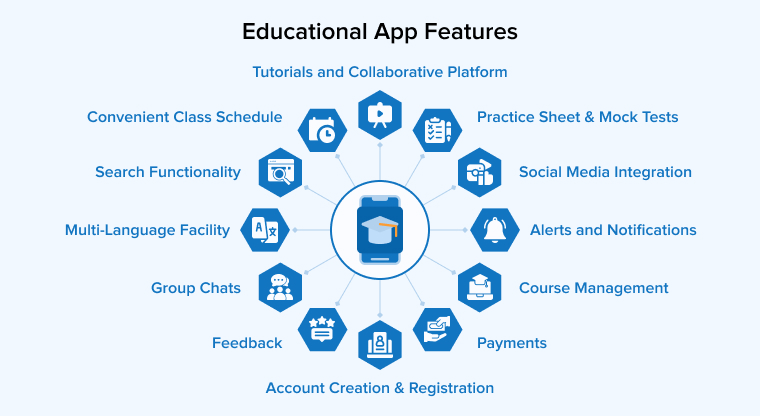
Following are the essential features for every educational app:
2.1 Account Creation & Registration
Some of the most inevitable and sought-after features will only be included in this process of development. As we now know, this app is not just intended for childrens but for all who want to learn something and grow in their fields. Considering that, there should be an option of Account creation where anyone can create an account and use the material or take online classes from it. Do not continue with what your competitors do, add something new of your own. This aspect of the app will be a start to accessing data in the learning process.
2.2 Tutorials and Collaborative Platform
Basically, an educational app needs to be simple yet intuitive in nature. When you develop an application, you must ensure that the app is high-performing and up-to-date since there are tutorials being watched by many and multiple users are added in a group chat. So when you create an app, its customer base must be ensured. In this sector there are two kinds of applications for students as well as teachers. The first is utilized during classes and acts as instructional material for teachers, as well as for the organization of the learning process. In the same case, you can create a second sort of application that is a cloud-based application that is utilized for remote learning. It centralizes all instructional materials in one location and provides alternatives for communication between instructor and parent, behavior control, and knowledge.
2.3 Group Chats
Since, this app will be used by everyone from Teachers, students, parents of students, principals and several other stakeholders as well. So, whenever you build an application, you will have to ensure that even if there are millions of participants your app will still perform at its best without any interruptions.
2.4 Course Management
Teachers will be allowed to use this tool to add, update, or delete courses. Teachers may use this tool to upload inspirational youtube videos, movies, photographs, PPTs, PDF papers, interactive knowledge tests, and other instructional resources.
2.5 Alerts and Notifications
This feature will help the users to register them with their email ids or mobile phone numbers. On doing that, they will receive an update regarding any new information or new call schedule, report card of child or any other details. This will give users a chance to utilize your services as well, if there is something new that you have introduced as a company and want users to try. There will be push notifications for each update on learning apps which will amplify user engagement and inform them on new updates.
2.6 Convenient Class Schedule
Consider the formation of class schedules while considering how to design an educational app. The student should be able to progress through the course in phases, beginning with basic subjects and progressing to more complicated ones.
2.7 Social Media Integration
In the world-driven by social media platforms, there are many ways of Social network integration for sharing information. At times, it makes the complex problems easier and comprehensible. One of them is by sharing global talent through social media networks. In this way, you are easily able to show students innovative ways to solve their problems.
2.8 Search Functionality
The search functionality is imperative in learning apps to help students to locate courses that they are interested in. They may examine the course schedule, video tutorials information, teacher information, pricing, reviews, and other facts.
2.9 Practice Sheet & Mock Tests
This is another essential part of making an improved e-learning app development process. This is not mandatory, however you can have this feature of practice tests and mock for students to practice and do better in exams. This will make online education better and enhanced.
2.10 Multi-Language Facility
It is again not necessary but it is always advisable for businesses to build an educational app that is compatible at its best. When it comes to platform, screen size, desktop or mobile apps, and even languages should be covered by your developed educational software.
2.11 Payments
It is always good to make an educational app with all-inclusive features and facilities. If you are a company offering video tutorials or webinars and that may not be free sometimes, you must add a payment option within the application. This should be a secure system helping your customers to trust the education application development process.
2.12 Feedback
Last and the final one, is to include a feedback section in your app where you can welcome all the suggestions and improve your overall app(even in later stages).
3. How Much Does It Cost to Develop an Educational App?
The cost of building an educational application depends on the time required to complete the testing and development of the E-learning ecosystem. For this, you need to determine your app’s potential cost and start by planning a list of expected features that you need, add the number of developers required to implement those features, and in total, you’ll get the hours required for work. Apart from this, the cost of an educational app depends on the type of programming language. The most widely used and popular platform that developers choose these days for native app development for iOS is Swift, and for Android is Kotlin.
For the educational app MVP, you need an admin site to add content and such features as:
- user profile;
- Success assessment;
- lesson categorization;
- search system;
- push notifications;
- in-app purchases;
- payment system;
- content addition;
- statistics of learning progress.
If you’re planning to implement the set of features that we mentioned above, you need the following specialists:
- 1 Project Manager;
- 1 QA engineer;
- 1 Tech Lead;
- 1 UI/UX designer;
- 1 backend developer;
- 1-2 iOS developers;
- 1-2 Android developers.
If you need our expert’s assistance in knowing the exact cost to create an education application for you, send us your project details and we will provide you the accurate amount of the application for free.
4. How to Monetize an Educational App?
Here are common ways to monetize educational apps:
4.1 In-App Ads
Nowadays, ads are popular because they allow people to use applications without paying any cost. But make sure what ads you choose and how many of them, especially in apps for kids.
4.2 Paid Apps
We all know that not all users are willing to pay for the software product. So make sure to highlight the privilege of your application over your competitors, your existing unique features, and some common reasons why users need your app, and set affordable rates.
4.3 Premium Features
Using this feature you can distinguish between the application’s free and premium features. If you’re using the free version of the app, you’ll basically get materials of a basic level of knowledge, allowing users to assess their skills and level of information. Whereas in the premium version, you’ll have more advanced content that may help students in moving through their educational program.
4.4 Subscription
Subscription is one of the most popular methods of monetization. You can use a monthly or a lifetime subscription depending on your choice.
5. Conclusion
Through this entire blog on mobile learning, you must know that companies are looking for more and more learning apps, and yours could be one of their favorites. Seamless registration, reliable learning materials, video tutorials, online courses, language learning are some of the aspects that can help you create awesome educational apps. So, you must build an application that contains all of this, and in addition to this, if there is something else, you would like to add extra brownie points. You as a business will be able to harness many other benefits like time and place flexibility, broad range of choices, efficiency, scalability and cost-effectiveness.


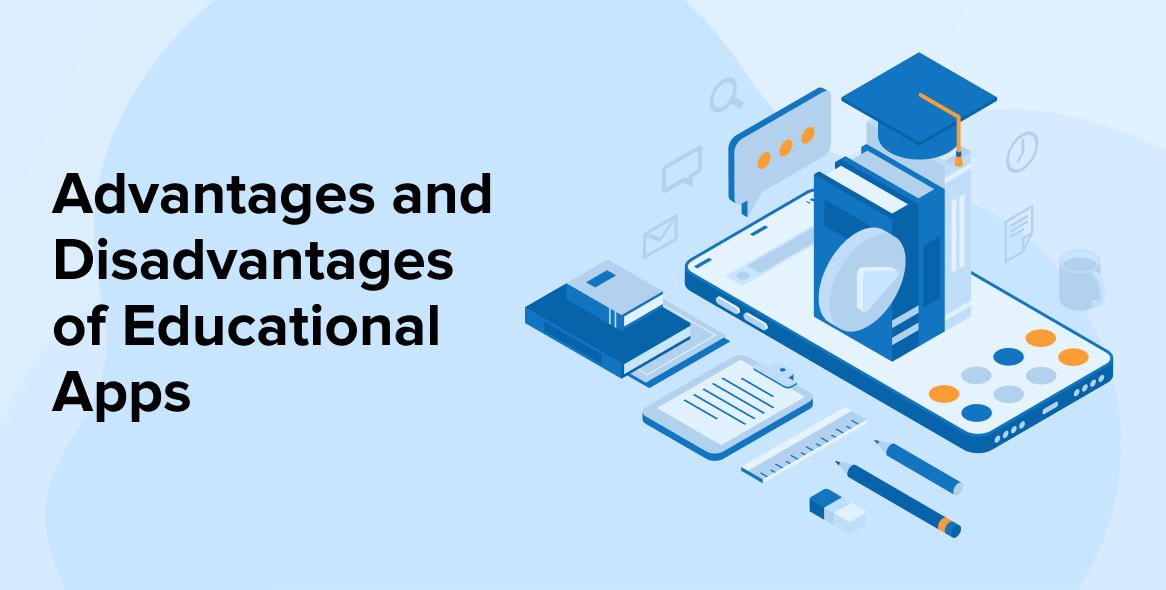
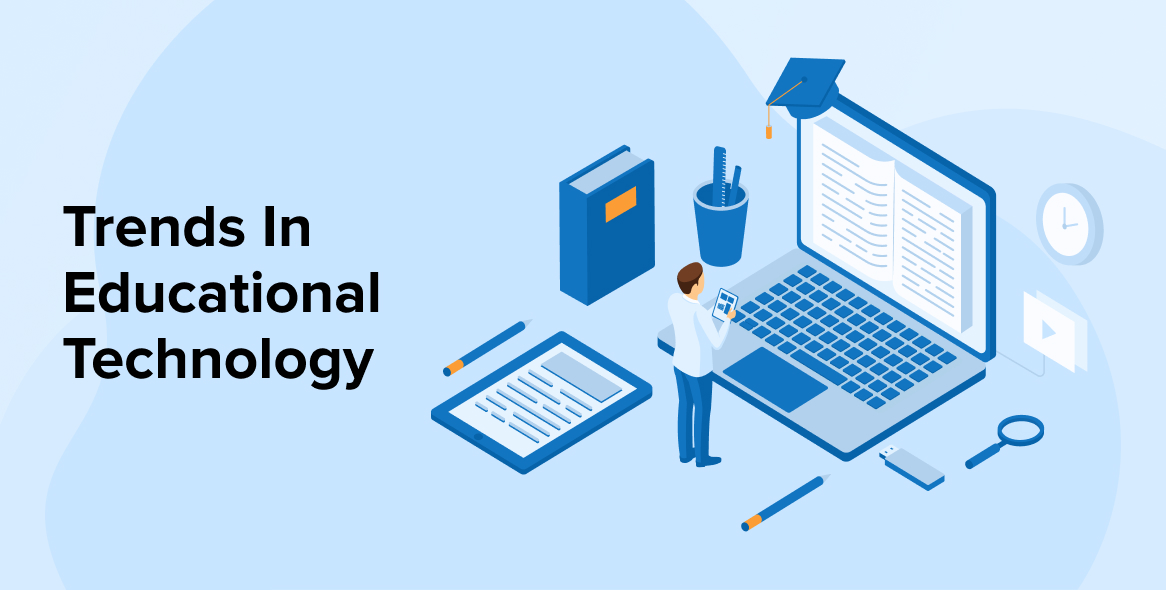
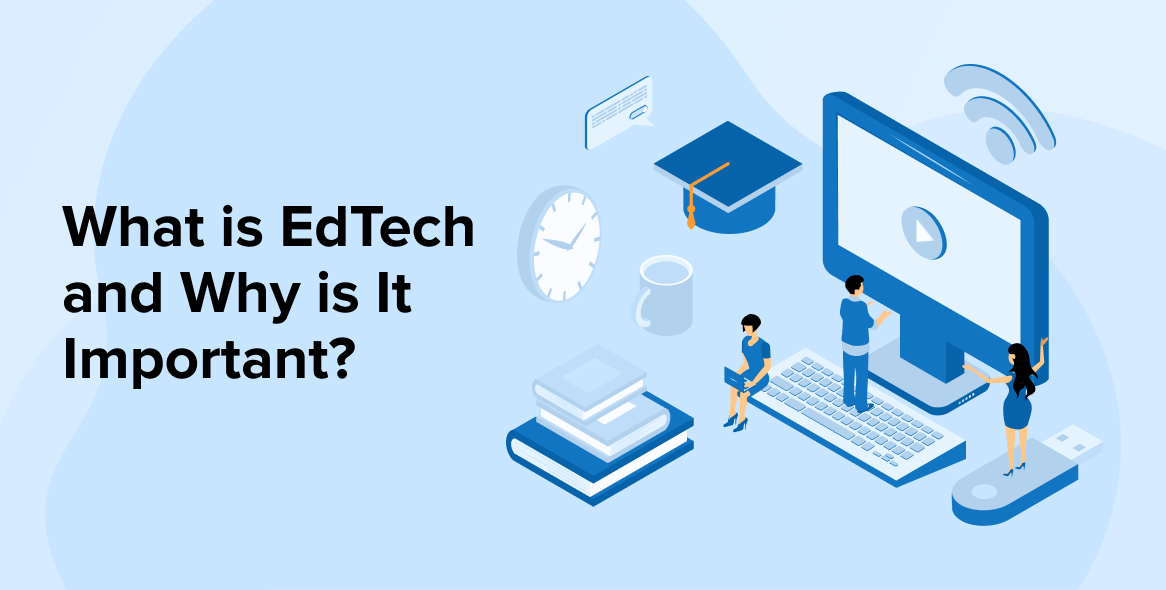

Comments
Leave a message...